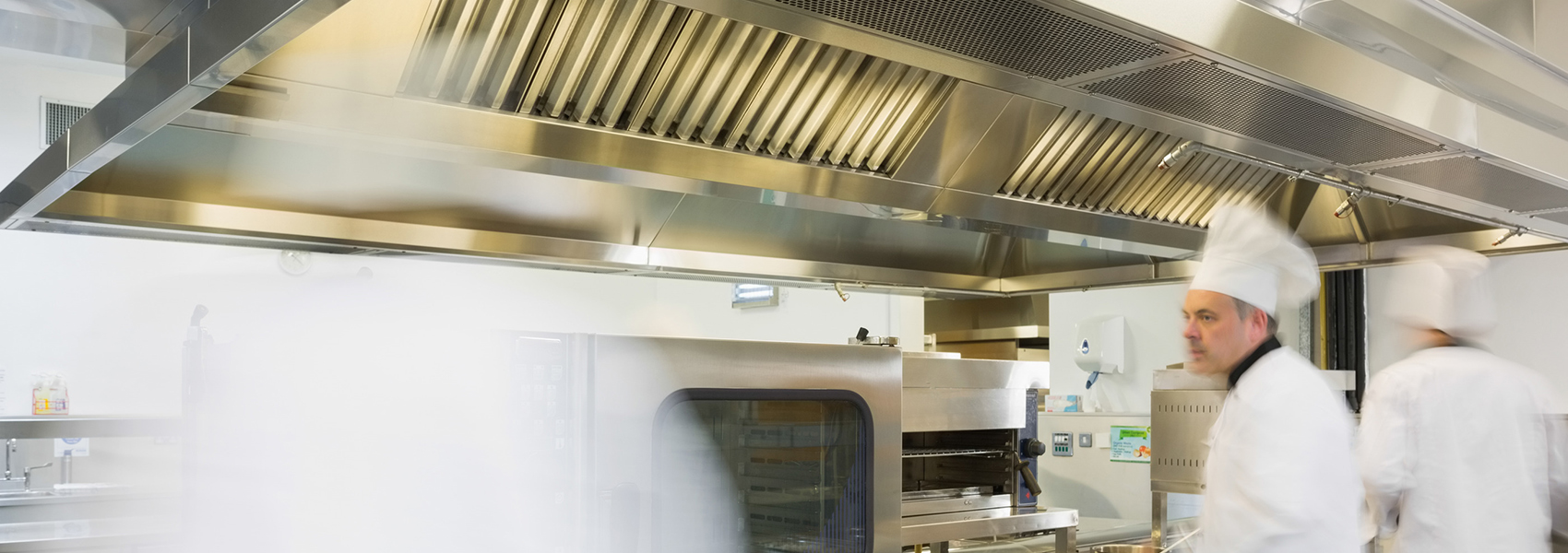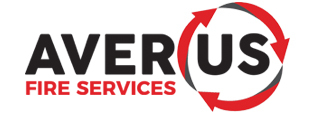Why You Need to Clean Your Kitchen Hood
Your kitchen hood is an important tool not just for directing what comes off of the cooking equipment or the comfort of your staff. The kitchen hood is designed with life safety in mind. These systems (filters, hood, duct & fan) remove fumes, smoke, and grease-laden vapors to keep the air fresh while protecting you and your team against fire hazards. It is imperative to do regular hood cleaning to keep the system working properly. Hoods accumulate grease residue over time. Depending on what kind of food the restaurant serves, types and amounts of oils, and volume of business, will determine the rate and thickness of grease buildup. If the kitchen exhaust system is not cleaned regularly, the buildup can cause the exhaust system to work poorly. Kitchen Exhaust Systems with grease build-up, not only is a fire hazard, it affects the air quality of the workplace, as well as that of the food served.

Keeping Your Restaurant Up to Code
Because kitchen hoods and exhaust systems are within the category of “fire and life safety” there is code that regulates how often they should be cleaned. So if you have a restaurant or commercial kitchen, there are strict codes that must be followed to remain compliant. Insurance companies, fire marshals, building inspectors, and health inspectors all require regular kitchen hood cleanings. Not only will you stay up to code with regular cleaning, it may also qualify your business for insurance rate reductions. Failure to comply could leave your livelihood at risk should a fire occur.
How Often You Need to Clean Your Kitchen Hood
- Wood-burning or charcoal-burning MONTHLY TO WEEKLY
- 24-hour restaurants / High Volume QUARTERLY to SIX TIMES PER YEAR
- Hamburger and fast-food restaurants QUARTERLY to SIX TIMES PER YEAR
- Char Broiler / Wok QUARTERLY to SIX TIMES PER YEAR
- Hoods over non-grease-creating appliances ANNUALLY to SEMIANNUAL
- Steam kettles, dishwashers, or soup vats ANNUALLY to SEMIANNUAL
- Churches, day camps, senior centers ANNUALLY

